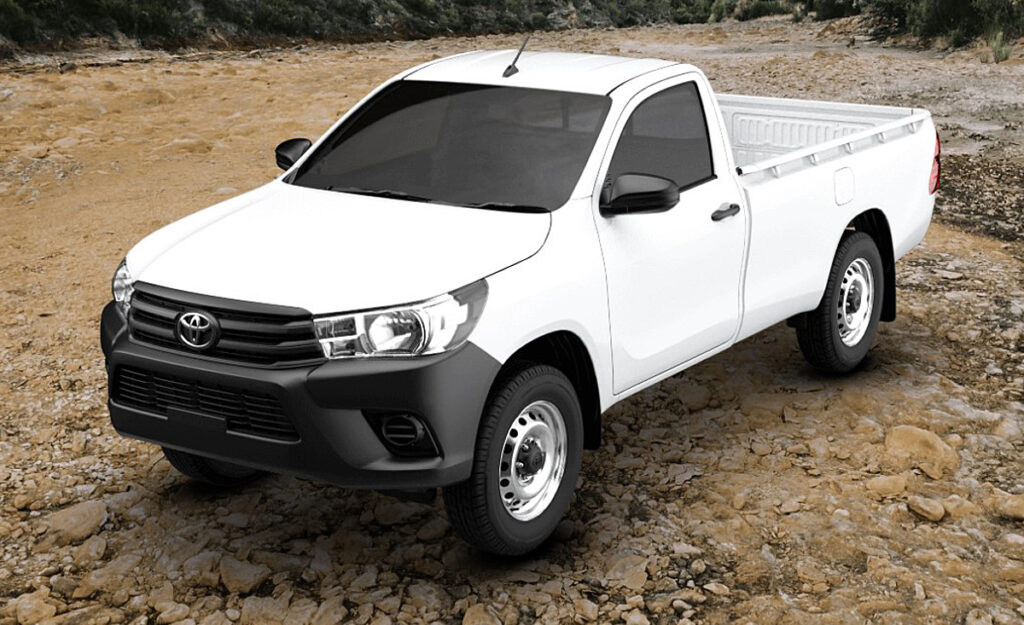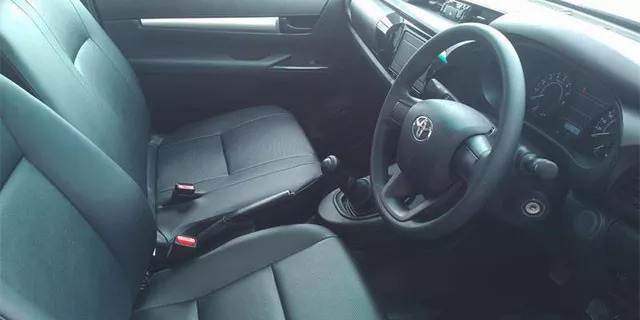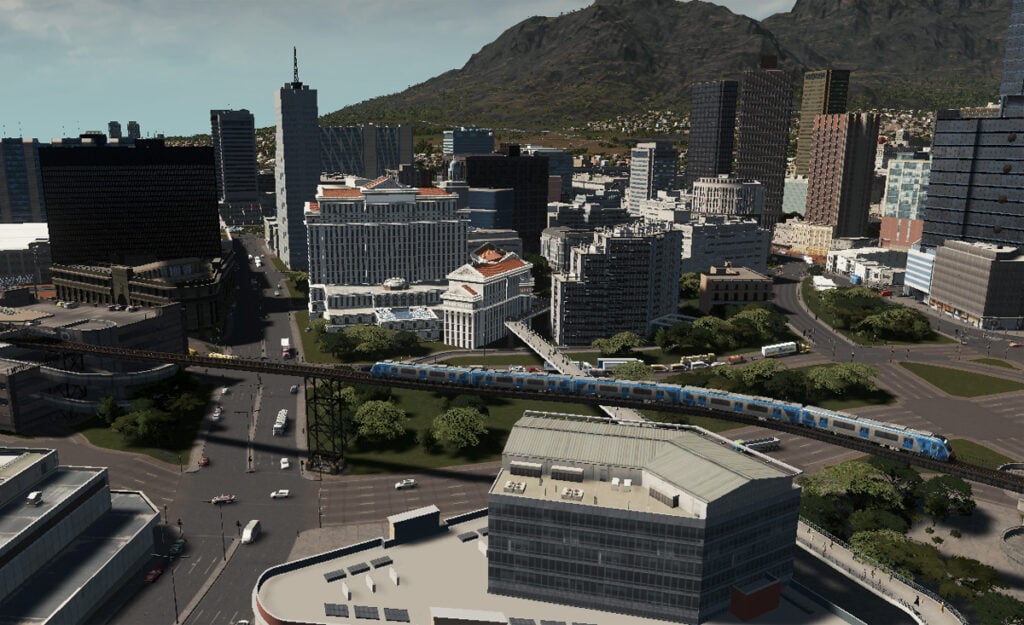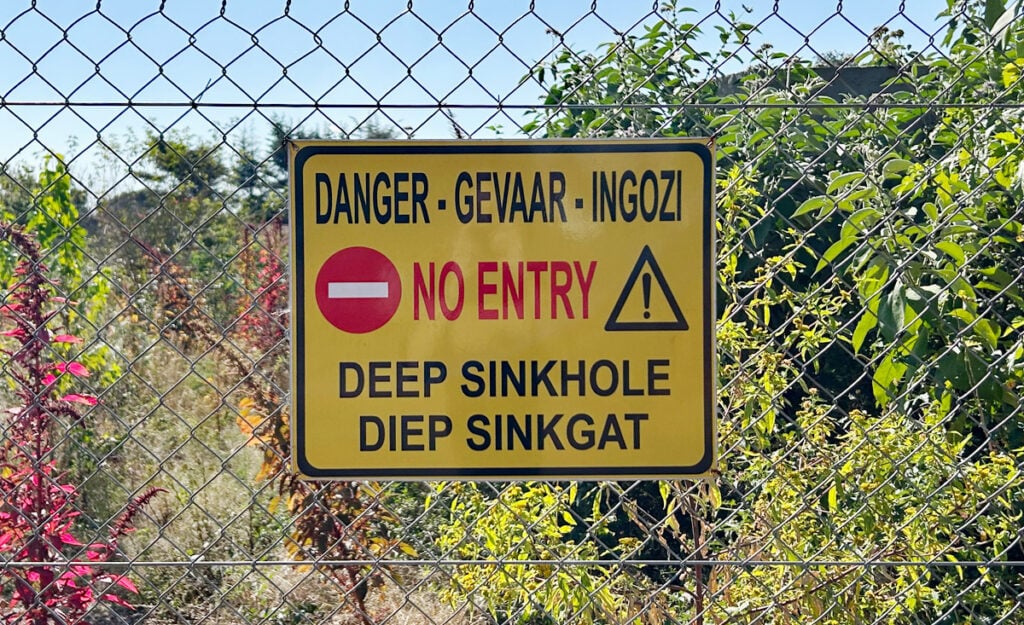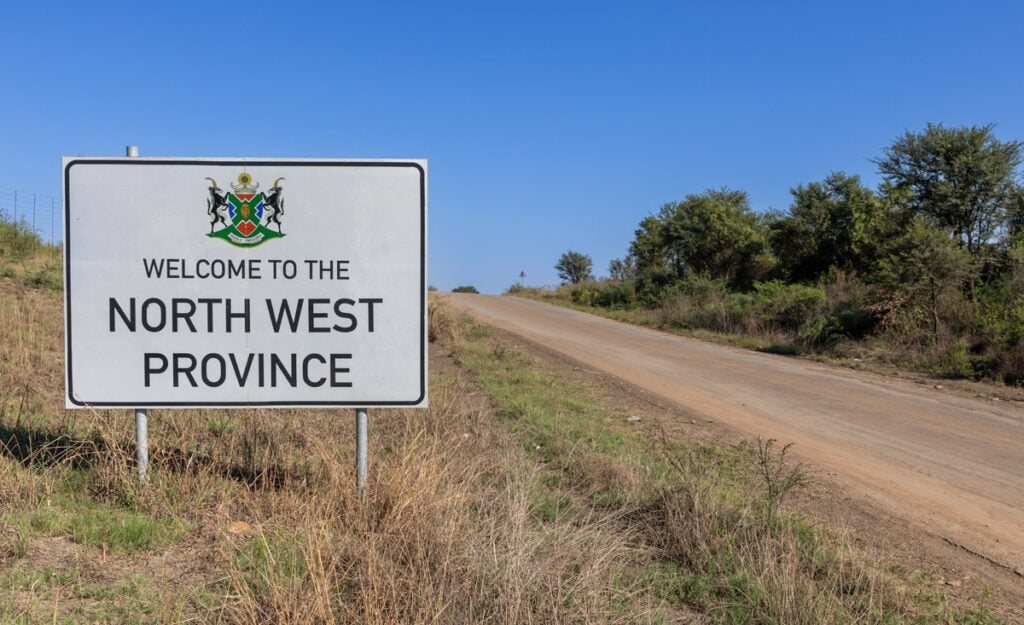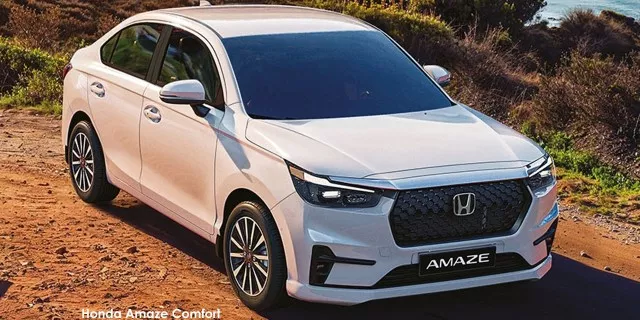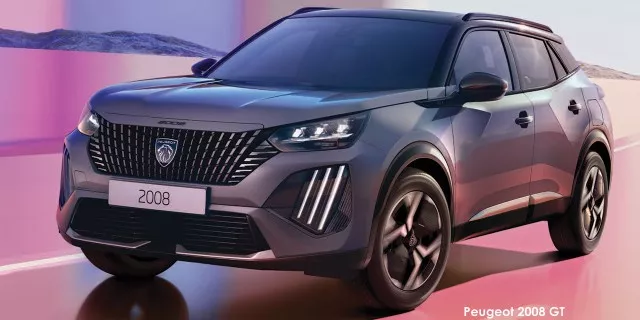Cheapest vs most expensive Toyota Hilux – The R648,000 difference
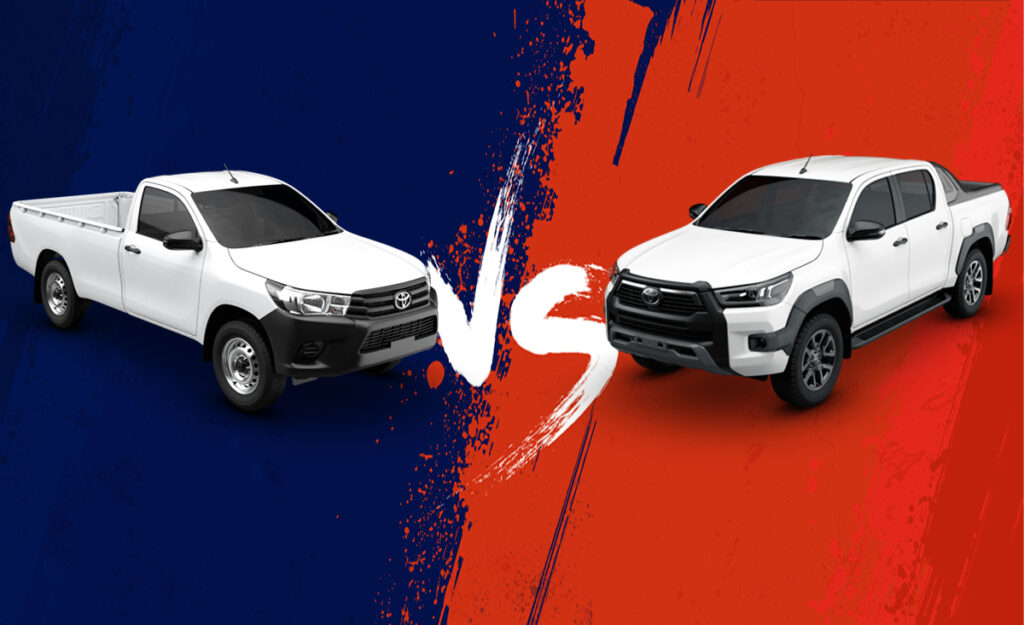
The Toyota Hilux continues to reign supreme in South Africa, scooping up the title of best-selling vehicle in the country every single month.
With a total of 39 interpretations of the bakkie on offer stretching from as low as R356,600 up to R1,005,000, there certainly is a lot to choose from for buyers of the industry bellwether.
It would therefore be interesting to see what separates the entry-level Hilux Single Cab S from the pinnacle Legend RS, which are priced about R648,000 apart despite wearing the same badge.
From the bottom to the top
First and foremost, one of the main differences between the two Hilux units is their powertrains.
The single cab turns the rear axle only through a petrol motor and manual gearbox and has no special drive modes or features.
In comparison, the diesel-powered double cab delivers drive to all four corners via a selectable 4×4 system and limited-slip differential, and it can change its behaviour with Standard, Eco, and Sport settings.
You can review the finer details of these powertrains below:
| Specification | Base Hilux | Flagship Hilux |
|---|---|---|
| Engine | 2.0l petrol | 2.8l turbo-diesel |
| Transmission | 5-speed manual | 6-speed auto |
| Power | 102kW/183Nm | 150kW/500Nm |
| Fuel consumption | 9.2l/100km | 8.0l/100km |
| Maximum payload | 1,115kg | 775kg |
| Maximum towing capacity | 1,500kg | 3,500kg |
Built for the job site, the base model also sits much lower with its stout suspension lending it a height of 1,690mm and ground clearance of 187mm, versus the Legend’s 1,815mm roofline and 286mm clearance that makes it a prime candidate for tackling the great outdoors.
Utilitarian is a good way to explain the Hilux S, as it comes with remote unlocking, electric windows, PVC seats with fixed headrests, a urethane steering wheel, three airbags, and ABS with brake assist – but no airconditioning or radio.
It’s also visually less extravagant, wearing a black plastic grille, bumpers, and door handles; a naked load box; 15-inch steel wheels; halogen headlights; and no fog lamps, side steps, or rear bumper.
The top-spec Legend RS? Well, it has just about everything you could desire in a bakkie.
Standard nice-to-haves include keyless entry and start, leather seat covers, electric adjustability for the driver’s seat, a multifunction leather steering wheel, dual-zone climate control, a multi-information driver’s display, an 8-inch infotainment system with Apple CarPlay and Android Auto, a nine-speaker JBL stereo, and rain-sensing wipers.
Safety and assistance equipment are equally abundant, taking the form of automatic LED lights with daytime-running lights, front LED fog lamps, adaptive cruise control, lane-departure alert, a reverse camera, front and rear parking sensors, downhill assist, trailer sway control, seven airbags, and a pre-crash system that detects when a collision is imminent and activates emergency braking and seatbelt bracing to reduce potential damages.
There are better trimmings all around the priciest Hilux, too, such as textured door inlays, chrome handles, interior carpets, a colour-coded front grille, Legend Black wing mirrors, a painted rear bumper, and rugged-looking wheel arch mouldings accommodating stylish 18-inch alloys.
It also gets a rubberised load box covered by an automatic roller shutter that is kept free from dust with Toyota’s innovative “dust defence kit” that seals the gaps within the tailgate edges.
Even though these Hilux examples are leagues apart, their buyers are equally well looked after as both come with a 3-year/100,000km warranty and 9-services/90,000km service plan.


